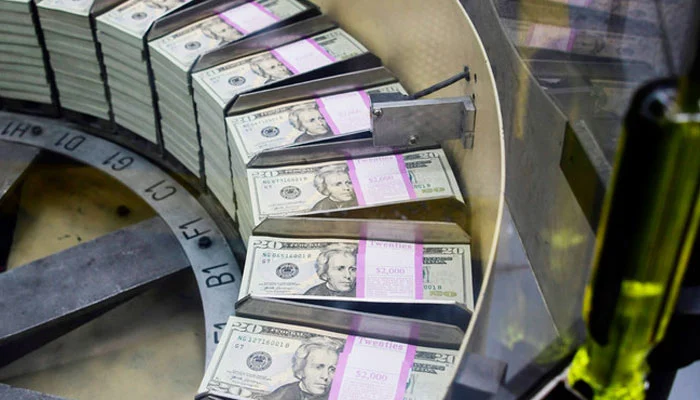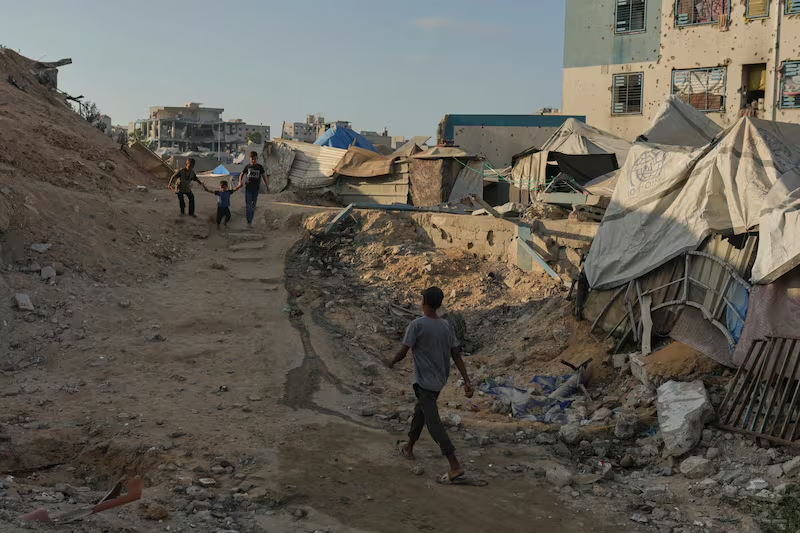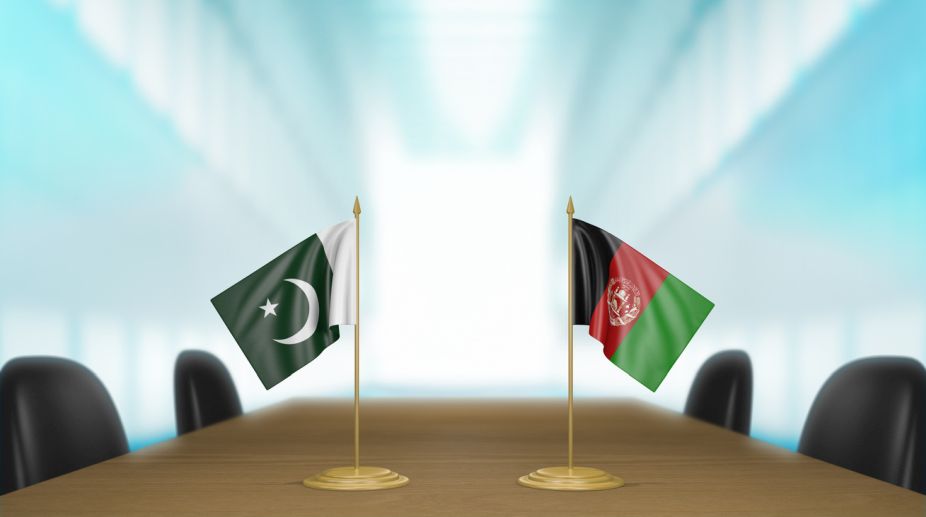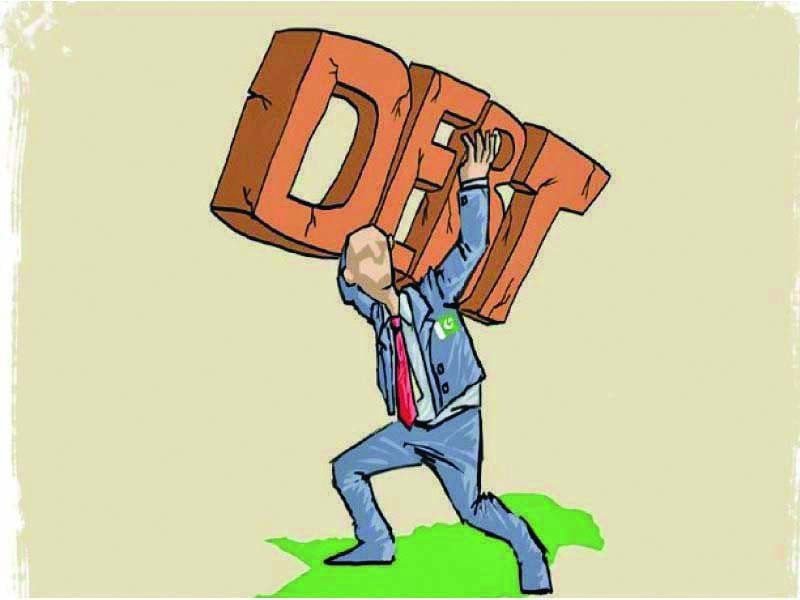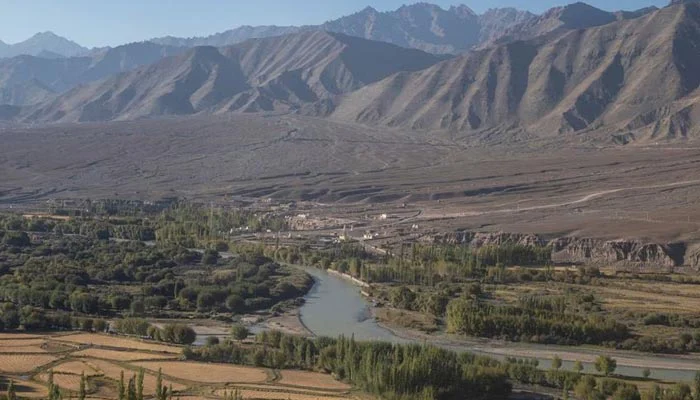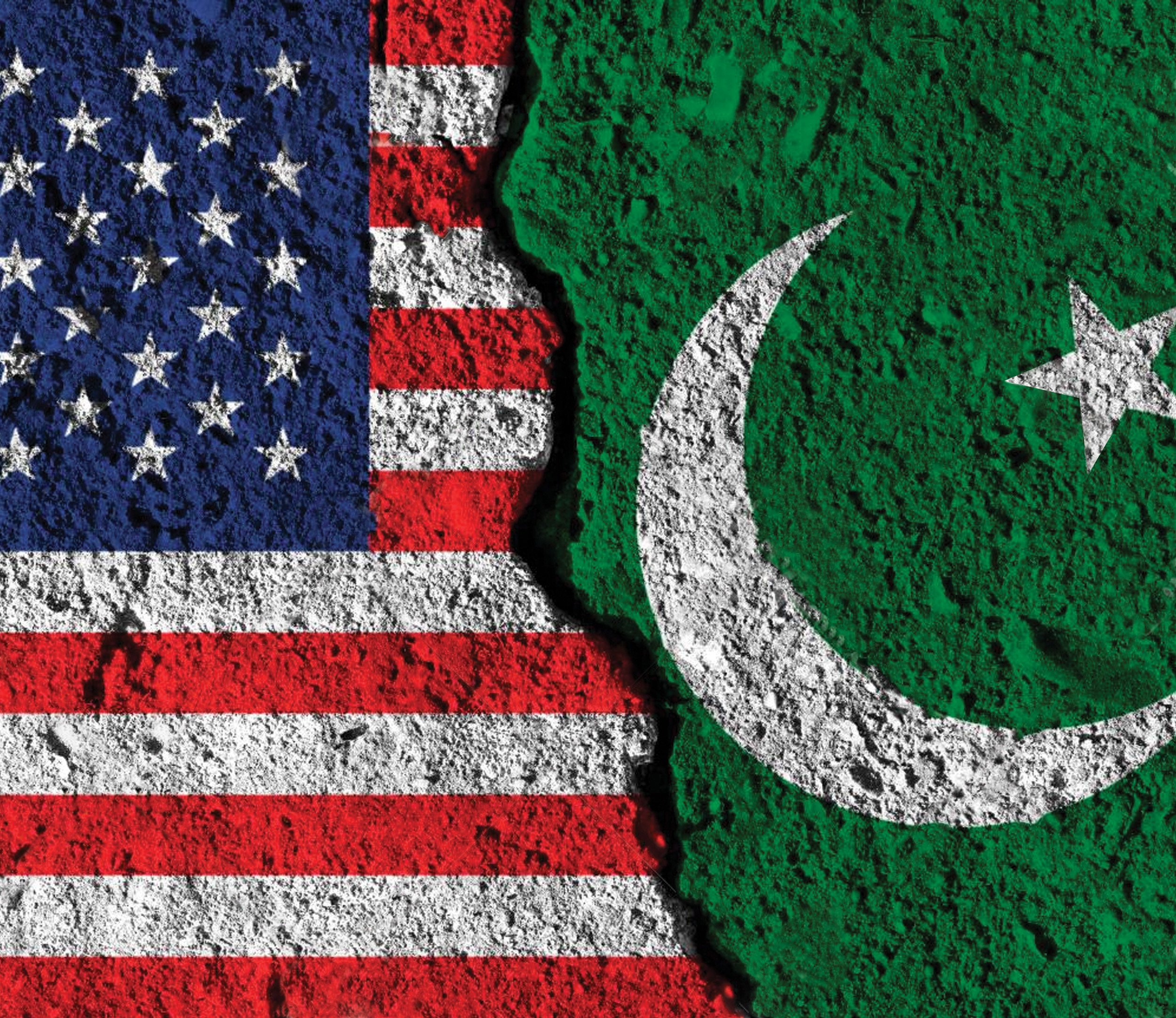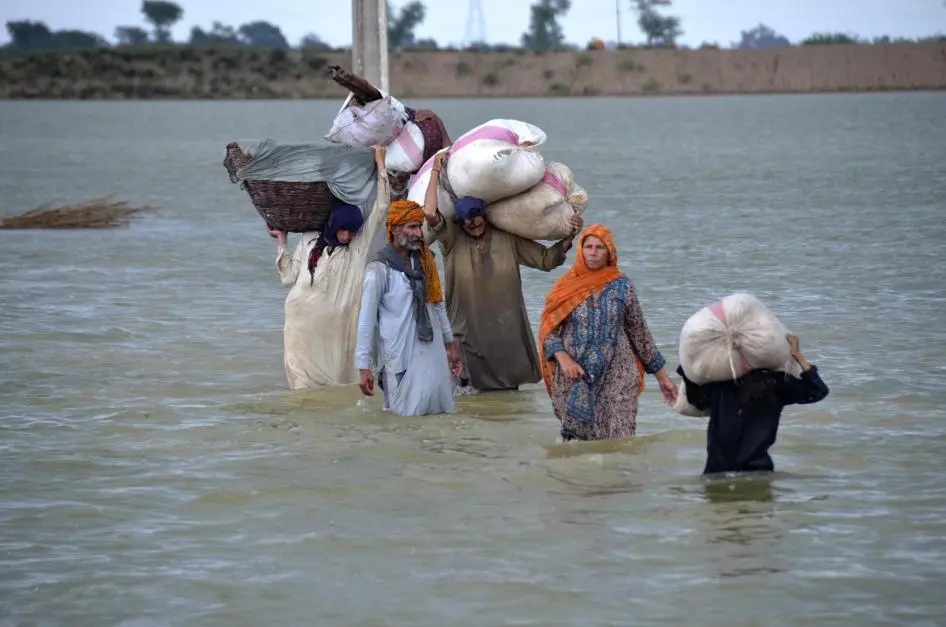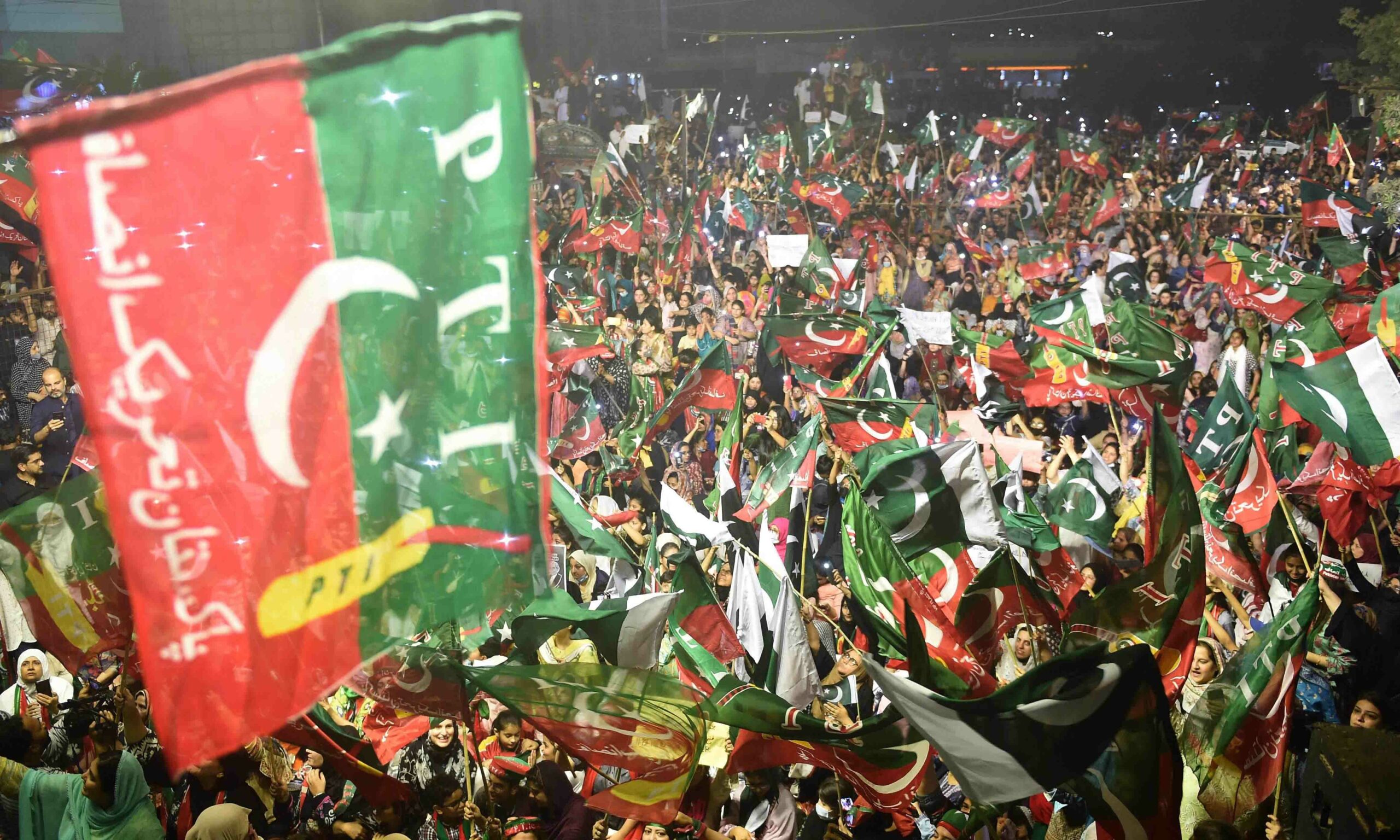Zafar Iqbal
In a bid to strengthen its foreign exchange reserves, the State Bank of Pakistan (SBP) purchased approximately $3.8 billion from the domestic market between July and October 2024. These interventions in the foreign exchange market are often used by central banks to either bolster or weaken the domestic currency’s external value, depending on the country’s economic needs. In Pakistan’s case, preserving the external value of the rupee has become a critical concern, especially due to the country’s heavy reliance on imported goods such as fuel and cooking oil.
The impact of currency stability on inflation cannot be overstated. For a country like Pakistan, where the consumer price index (CPI) is highly sensitive to imported inflation, maintaining a stable currency is vital to control rising prices. The country has witnessed a remarkable reduction in inflation, with CPI dropping from 28.3% in January 2024 to 2.4% in January 2025. Much of this improvement can be attributed to the relative stability of the rupee’s value, which shields the country from volatile changes in import prices. However, the stability of the rupee faces significant risks, particularly with the ongoing conflicts in Russia and Ukraine, which are driving up global oil prices, adding pressure on Pakistan’s inflation rates.
The policy decision to strengthen the currency generally comes into play when a country’s foreign exchange reserves dip below the equivalent of three months’ worth of imports. In Pakistan’s case, as of October 25, 2024, the foreign exchange reserves stood at $11.156 billion, barely sufficient to cover 2.5 months of imports. This is below the international best practice of maintaining three months’ worth of import coverage, which has raised alarm bells among economic policymakers. Given this precarious situation, the SBP has been compelled to buy foreign currency domestically to support the rupee.
Despite the SBP’s purchase of dollars, Pakistan’s foreign exchange reserves remained relatively stagnant, with a marginal increase to $11.372 billion by January 25, 2025. This suggests that the policy of borrowing domestically to procure dollars may not have abated since October 2024. Furthermore, this raises concerns about Pakistan’s reliance on external borrowing and whether such measures are sustainable in the long run.
Pakistan’s external borrowing requirements for the current year are expected to reach $26 billion, with rollovers from three friendly countries amounting to $16 billion. While the remaining external debt is expected to be paid with existing reserves, Pakistan’s borrowing needs are far from over. Additionally, the government has budgeted up to $4 billion in external borrowing from commercial banks this year. The Finance Minister also claimed that the government secured $1 billion from two Middle Eastern banks during the Davos summit in January 2025, but even with these efforts, Pakistan is still facing a shortfall, which likely necessitated the SBP’s dollar purchases.
Pl watch the video and subscribe to the YouTube channel of the republicpolicy.com for quality podcasts:
It is crucial to understand the broader context in which these currency interventions are taking place. The depreciation of a country’s currency can often be a strategic policy choice when the goal is to promote exports. A weaker currency makes exports cheaper, which, in turn, boosts their attractiveness to foreign buyers. However, Pakistan’s situation is more complex. While the weakening of the rupee might aid export competitiveness, it also leads to an increase in the foreign debt servicing component of the budget. This year, foreign debt servicing is estimated to cost Pakistan a staggering Rs 1.038 trillion. This figure does not even include the repatriation of profits by foreign companies, which has been a significant concern for entities such as Chinese Independent Power Producers (IPPs) in recent months.
The SBP may argue that dollar purchases are lower this year compared to the same period last year, but this argument overlooks critical factors such as the IMF’s role in Pakistan’s economic framework. In 2023, the IMF had suspended its program due to concerns over Pakistan’s attempts to artificially prop up the rupee. The government’s policy of maintaining multiple exchange rates resulted in a significant reduction in official remittance inflows, with an estimated $4 billion diverted to the informal hundi-hawala system. The SBP was complicit in this policy, which further compounded the challenges facing the economy.
Now, with the IMF once again involved in Pakistan’s economic recovery through the Extended Fund Facility (EFF), the focus should shift to stabilizing the currency in a manner that aligns with the country’s long-term economic health. The SBP’s recent acknowledgment that “limited reserve buffers are a key constraint to external stability” highlights the urgent need to build stronger foreign exchange reserves. The SBP has pledged to continue its efforts to meet the Net International Reserves (NIR) targets set under the EFF program, but these purchases of foreign exchange only serve as a temporary fix rather than a sustainable solution.
The ongoing foreign exchange purchases indicate a fragile economic environment, with the government relying heavily on external borrowing and interventions to maintain financial stability. While these measures may be approved by the IMF, they underscore the need for greater discipline in how Pakistan handles its foreign exchange reserves. The government should focus on using external borrowing solely for the repayment of interest and principal, rather than relying on loans to fund current expenditures. Unfortunately, this practice of borrowing to meet routine fiscal needs continues, adding to Pakistan’s growing external debt burden.
Furthermore, Pakistan’s reliance on foreign currency purchases raises questions about the sustainability of this approach. While the IMF may endorse such policies in the short term, it is crucial for Pakistan to explore alternative methods for strengthening its economic fundamentals. These could include boosting domestic production, diversifying exports, and improving the investment climate to reduce the need for frequent foreign exchange interventions. Relying on external borrowing and dollar purchases as a primary means of stabilizing the economy is not a viable long-term strategy, as it leaves the country vulnerable to external shocks and continues to increase its debt obligations.
In conclusion, while the State Bank of Pakistan’s interventions in the foreign exchange market have helped stabilize the rupee in the short term, the country’s economic challenges remain far from resolved. The government’s continued reliance on foreign borrowing, coupled with its inability to meet the three-month import coverage standard, highlights the fragility of Pakistan’s financial position. As the country navigates these challenges, policymakers must focus on creating a more resilient economy that can withstand external pressures without relying heavily on dollar purchases and foreign debt. Only through comprehensive structural reforms and a commitment to long-term economic stability can Pakistan secure a sustainable path forward.



